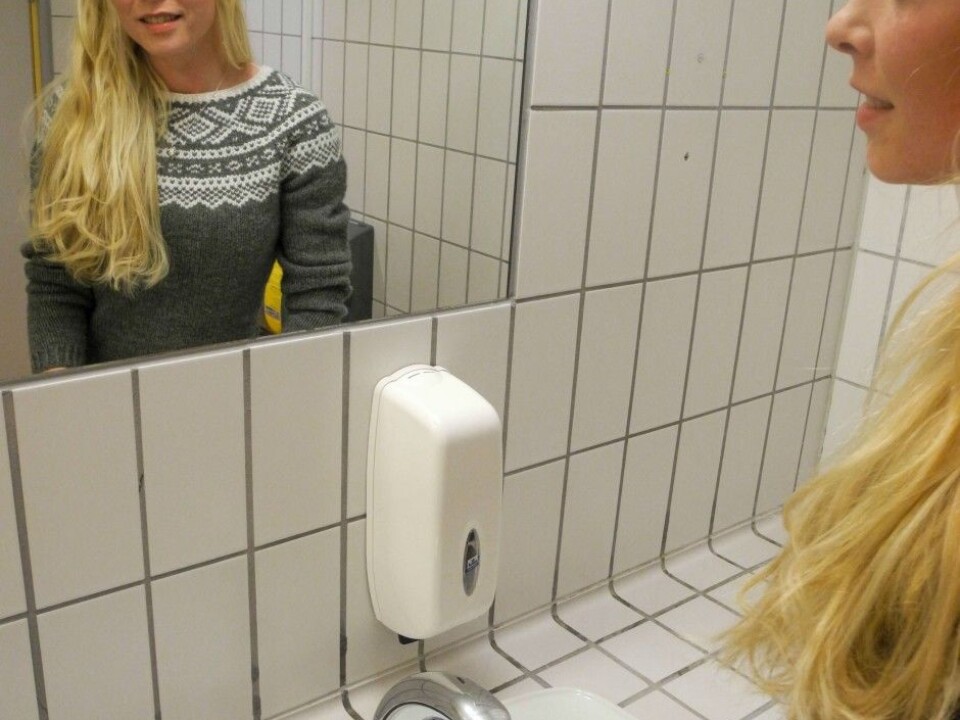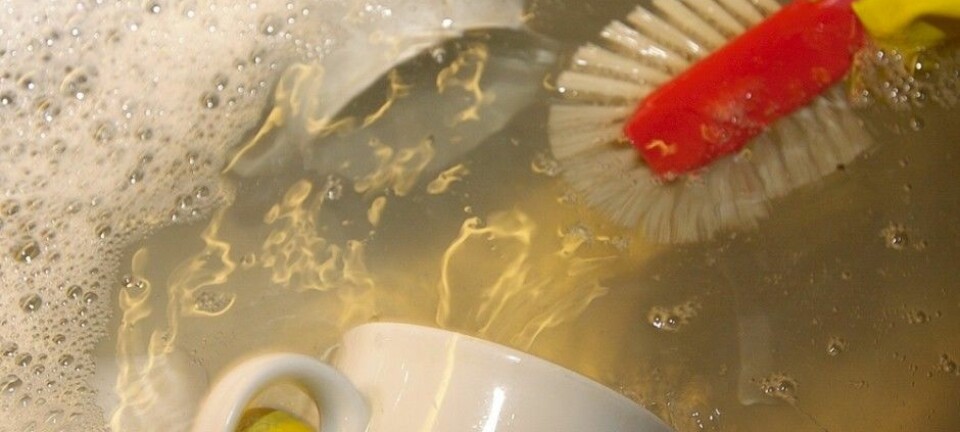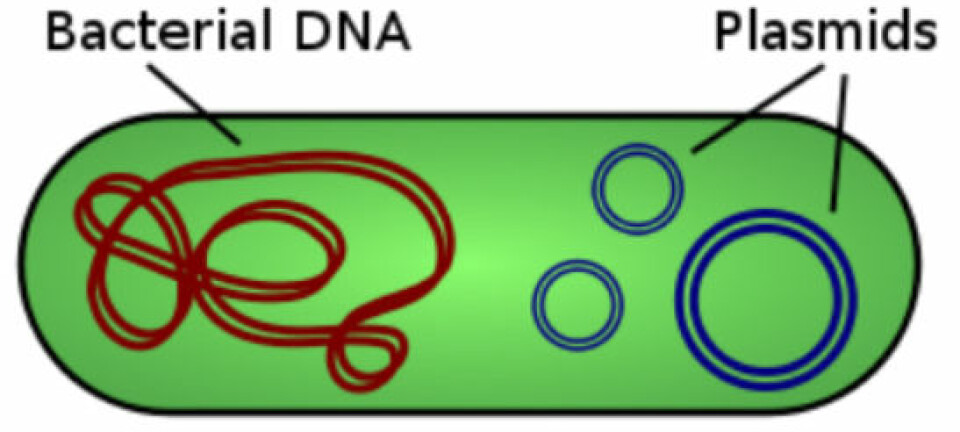
Health personnel are careless with hand washing
Employees were found to ignore hand-washing guidelines more often than not.
Denne artikkelen er over ti år gammel og kan inneholde utdatert informasjon.
Medical student Kristin Olsen at the University of Tromsø (UiT) examined the hand hygiene of employees at the University Hospital of North Norway (UNN) in a small observational study.
But the staff at UNN is not alone in sloppy hand hygiene. Researchers found that one in five surgeons at an American surgical conference did not wash hands after visiting the toilet.
The rules are clear
Olsen observed the hand hygiene of employees before and after they had contact with patients.
According to UNN rules, employees are always required to wash their hands with soap or an alcohol-based hand rub before patient contact, before sterile procedures, after danger of contact with body fluids, after patient contact and after contact with the patient’s surroundings.

These guidelines were only followed in 19 percent of the cases that Olsen observed. Percentages were calculated from 69 observations, which included the same patient several times and some of the same staff for each patient.
Despite widespread evidence that alcohol-based hand rub is the cheapest and most effective way to prevent infection, the World Health Organization says poor hand hygiene remains the cause of millions of infections every year and leads to hundreds of thousands of deaths.
Discouraging results
So it is not surprising that the UNN management found Olsen’s results discouraging.
UNN Infection control physician, Torni Myrbakk, was Olsen’s supervisor for this study. She says that all employees go through a mandatory e-learning course in hand hygiene.
Myrbakk does not wish to demonize the situation completely. She notes that the study was small with few observations over a short time period.
Staff protect themselves
Olsen says that only 28 percent of employees applied alcohol-based hand rub before patient contact. However, 46 per cent used the hand rub after contact with the patient’s surroundings.
She suggested that this may indicate that employees primarily use the hand rub to protect themselves from patient bacteria. “But we can’t forget that the guidelines are also intended to protect the patient,” she says.
Olsen found that employees were similarly sloppy in their use of gloves, and she observed employees who touched the computer keyboard and scratched their hair with the same gloves that they used for their patient.
Men wash less
Admittedly, the surgeon hand-washing study was not carried out in a hospital, and only men were observed in the study. An earlier American study has shown that only three out of ten men wash their hands with soap after they have been to the bathroom, while six out of ten women do.
Figures have varied somewhat in several different studies, but results show that many people neglect hand washing even though we know that this is the most important and easiest measure against infection.
Infections from hospitals
Infections strike around five percent of patients in Norwegian health institutions, according to the Norwegian Institute of Public Health.
Anne Karin Lindahl is Director of the Department for quality and patient safety at The Norwegian Knowledge Centre for the Health Services, and recently she spoke in connection with World Hand Hygiene Day.
“Infections in hospitals are a major concern for patient safety, so reminders that can help encourage health professionals to follow the guidelines are always useful,” she said.
A study in India found that campaigns to change hand-washing behaviour were more successful when they focused on emotional drivers rather than on the facts about bacteria and infection.
Another effective measure, used in the USA, has been to post signs in bathrooms.
“Maybe we need to try other strategies to encourage people to wash their hands consistently,” Lindahl says.
--------------------------------------
Read the Norwegian version of this article at forskning.no



































